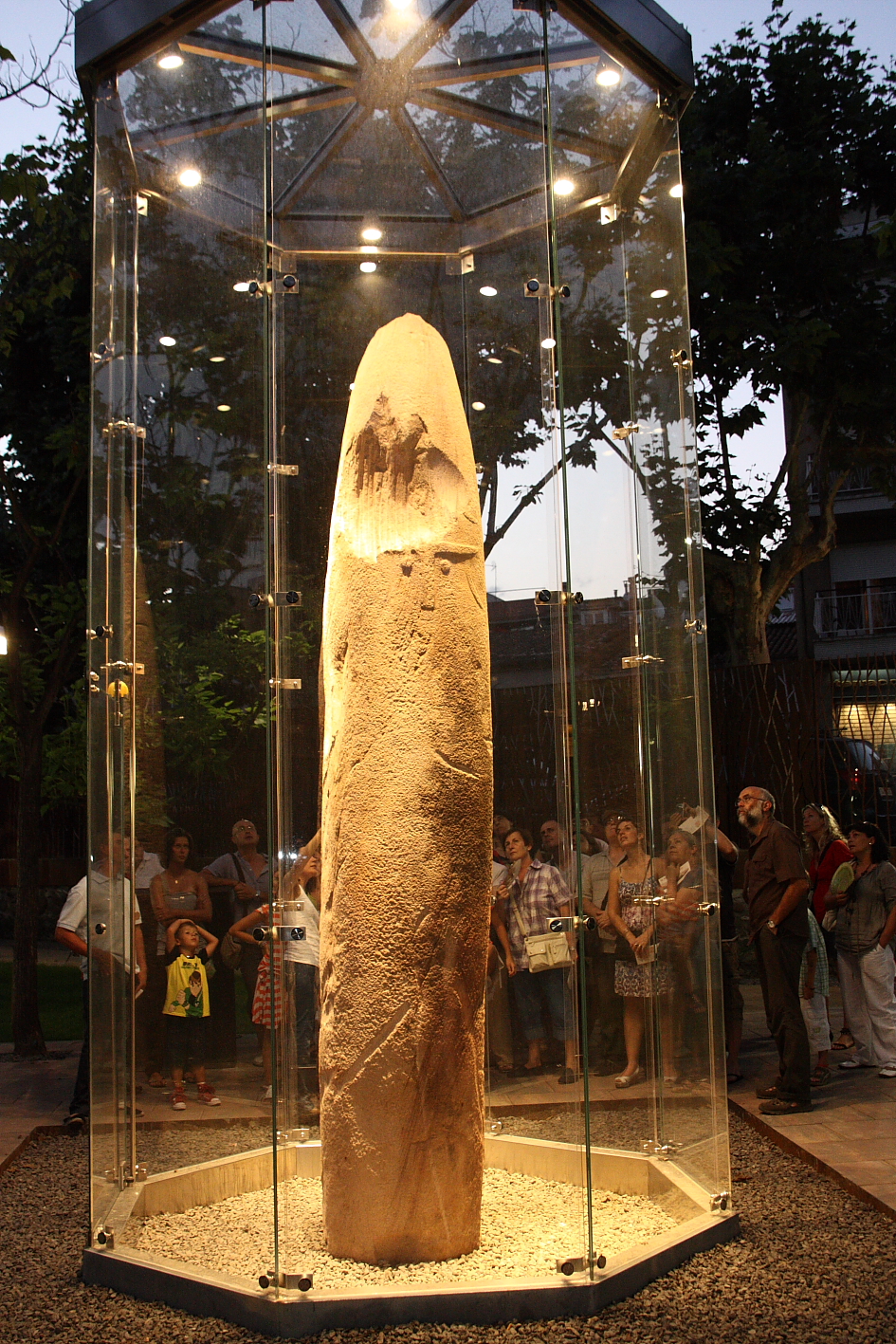Véraza Culture on:
[Wikipedia]
[Google]
[Amazon]
 The Veraza Culture was a Chalcolithic culture that extended over the half north of Catalonia and the southern French departments of
The Veraza Culture was a Chalcolithic culture that extended over the half north of Catalonia and the southern French departments of
 The Veraza people were responsible for erecting many of the megalithic monuments in the region where they were settled, as was the case with the
The Veraza people were responsible for erecting many of the megalithic monuments in the region where they were settled, as was the case with the
 The Veraza Culture was a Chalcolithic culture that extended over the half north of Catalonia and the southern French departments of
The Veraza Culture was a Chalcolithic culture that extended over the half north of Catalonia and the southern French departments of Aude
Aude (; ) is a Departments of France, department in Southern France, located in the Occitania (administrative region), Occitanie Regions of France, region and named after the river Aude (river), Aude. The departmental council also calls it "Ca ...
and Pyrénées-Orientales
Pyrénées-Orientales (; ca, Pirineus Orientals ; oc, Pirenèus Orientals ; ), also known as Northern Catalonia, is a department of the region of Occitania, Southern France, adjacent to the northern Spanish frontier and the Mediterranean Sea. ...
, in a period between 3500 and 2000 BC.
Dwellings
The hamlets were usually in plains, without defensive structures (Camp del Rector, La Prunera). The huts were aerial, as postholes were used to keep the structure, other huts had instead a stone basement (Ca n'Isach, El Coll), and even others were partially excavated on the ground (Can Vinyals).Artifacts
Clothing was advanced as aspindle whorl
A spindle whorl is a disc or spherical object fitted onto the spindle to increase and maintain the speed of the spin. Historically, whorls have been made of materials like amber, antler, bone, ceramic, coral, glass, stone, metal (iron, lead, lead ...
used to create textiles was found in Bòbila Madurell site (Sant Quirze del Vallès, Barcelona province). Metallurgy was used and some beads made of gold and copper are known.
Burials
dolmen
A dolmen () or portal tomb is a type of single-chamber megalithic tomb, usually consisting of two or more upright megaliths supporting a large flat horizontal capstone or "table". Most date from the early Neolithic (40003000 BCE) and were somet ...
Lo Morrel dos Fados, Pépieux
Pépieux (; oc, Pepius) is a commune in the Aude department in southern France
France (), officially the French Republic ( ), is a country primarily located in Western Europe. It also comprises of overseas regions and territori ...
(Aude).
Other burials known from the Véraza culture were caves (Cova del Frare, Cau de la Guineu), artificial caves with megalithic entrance known as paradolmens (Rec de la Quarentena, Costa de Can Martorell), collective pits, and hypogea.
Menhirs were erected like those of Mollet, Sitja del Llop or Ca l'Estrada.
Genetic profile
Individuals buried in paradolmens of La Clape massif near Narbonne (Grotte du Rouquet and Grotte des Tortues), and dated to the last third of the IV millennium (Véraza period) were geneticaly tested: all males had Y-chromosome haplogroup I-M438, being four males assigned to the subclade I2a1b1b1, and the other to I2a1a2. The autosomal components were 3/4 Ancient Neolithic Farmer, 1/4 Western Hunter-Gatherer. In the southernmost geographic range of the Véraza culture, 13 individuals found in the paradolmen Cova de la Guineu (Font-Rubí, Barcelona) were tested, the Y-DNA results of the individuals with enough genetic coverage were: 2 x I, 1 x I2, 1 x I2a2a, 2 x G2a (G2a2a1a3 and G2a2b2b1a1). The remains of three individuals buried in the dolmen des Fades (or Morrel dos Fados) were tested, the Y-DNA of the male individual was assigned to the subclade I2a1a1a1.References
Archaeological cultures of Europe Chalcolithic cultures of Europe Archaeological cultures in France Archaeological cultures in Spain {{europe-ethno-group-stub